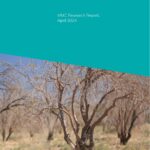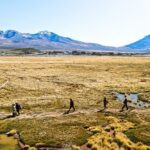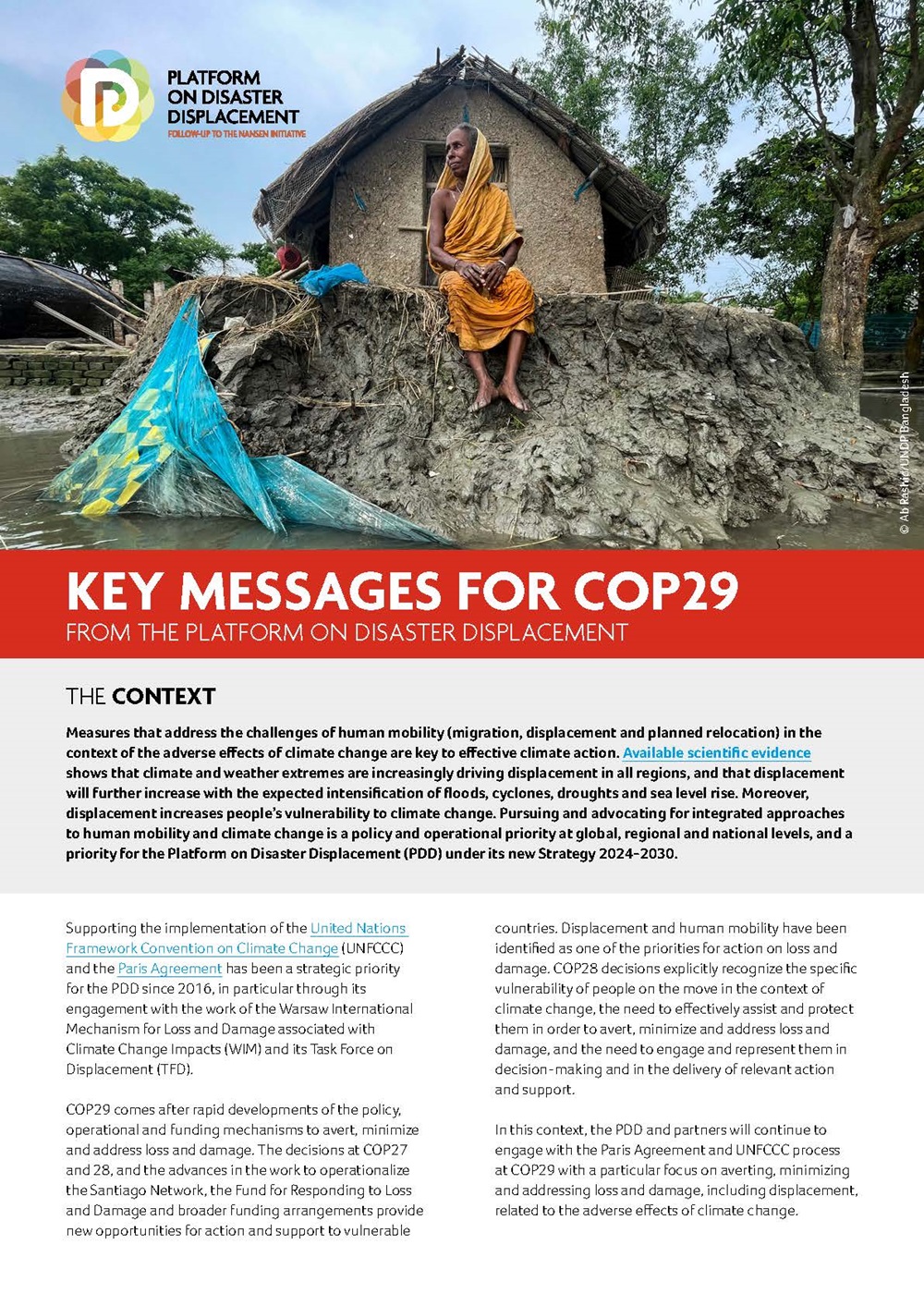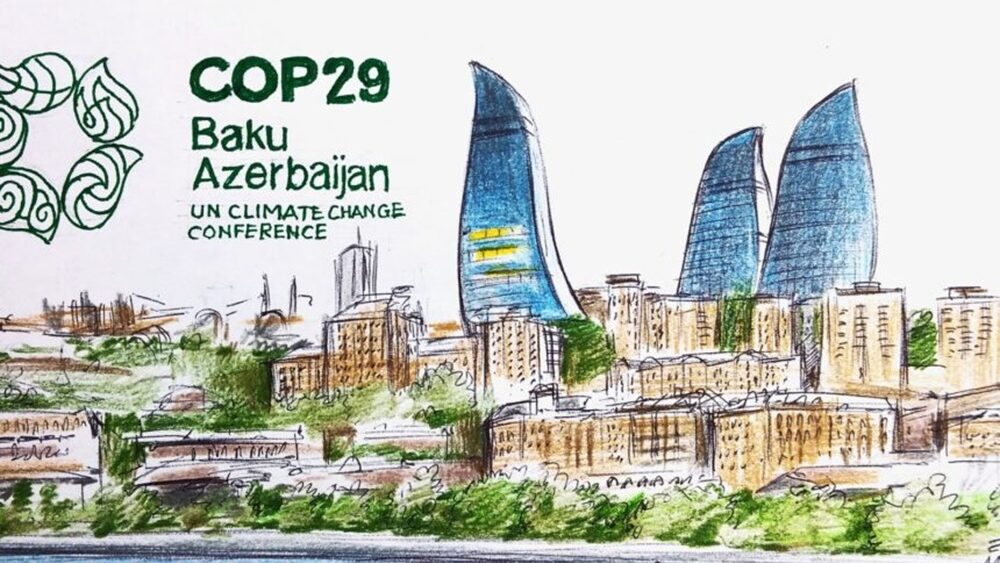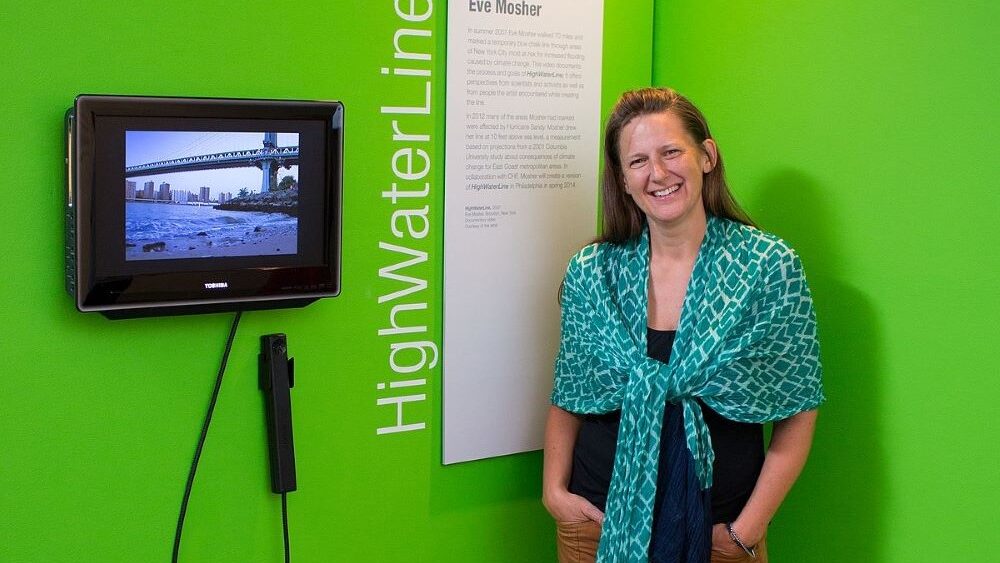The Context
Measures that address the challenges of human mobility (migration, displacement and planned relocation) in the context of the adverse effects of climate change are key to effective climate action. Available scientific evidence shows that climate and weather extremes are increasingly driving displacement in all regions, and that displacement will further increase with the expected intensification of floods, cyclones, droughts and sea level rise. Moreover, displacement increases people’s vulnerability to climate change. Pursuing and advocating for integrated approaches to human mobility and climate change is a policy and operational priority at global, regional and national levels, and a priority for the Platform on Disaster Displacement (PDD) under its new Strategy 2024-2030.
Supporting the implementation of the United Nations Framework Convention on Climate Change (UNFCCC) and the Paris Agreement has been a strategic priority for the PDD since 2016, in particular through its engagement with the work of the Warsaw International Mechanism for Loss and Damage associated with Climate Change Impacts (WIM) and its Task Force on
Displacement (TFD).
COP29 comes after rapid developments of the policy, operational and funding mechanisms to avert, minimize and address loss and damage. The decisions at COP27 and 28, and the advances in the work to operationalize the Santiago network for averting, minimizing and addressing loss and damage (Santiago Network), the Fund for Responding to Loss and Damage and broader funding arrangements provide new opportunities for action and support to vulnerable countries. Displacement and human mobility have been identified as one of the priorities for action on loss and damage. COP28 decisions explicitly recognize the specific vulnerability of people on the move in the context of climate change, the need to effectively assist and protect them in order to avert, minimize and address loss and damage, and the need to engage and represent them in decision-making and in the delivery of relevant action and support.
In this context, the PDD and partners will continue to engage with the Paris Agreement and UNFCCC process at COP29 with a particular focus on averting, minimizing and addressing loss and damage, including displacement, related to the adverse effects of climate change.
Key Messages for COP29 from the Platform on Disaster Displacement
1. Consultation of representatives of migrants, refugees and displaced persons in climate policy and action at national and global levels can help promote more inclusive and effective responses by leveraging their experiences, capacities and leadership.
- Engagement of displaced persons and other people on the move should be pursued as part of inclusive approaches that enable the meaningful participation of highly vulnerable people on the climate frontlines, alongside national authorities, civil society organizations, private sector actors, and international organizations.
- This will be key to operationalizing COP28 decisions 1/CP.28 and 5/CMA.5 calling for the participation and engagement of migrants, displaced persons and refugees for inclusive decision-making and action on loss and damage.
- PDD and its partners can help identify and mobilize relevant networks of organizations and individuals to support the effective implementation of these decisions.
2. The continued integration of human mobility into the work of the Warsaw International Mechanism through its 2024 Review will help enhance coordination, coherence and complementarity on loss and damage work under and outside the UNFCCC and the Paris Agreement.
- The Task Force on Displacement and the other expert groups under the WIM ExCom should continue to provide technical inputs for the operationalization of the Santiago Network and the Fund for Responding to Loss and Damage.
- PDD and its partners, through the TFD and the WIM ExCom, can help promote more coherent approaches to avert, minimize, and address Loss and Damage work at country level, by identifying effective practices, setting standards for action, and support mutual learning among countries.
- Integrated approaches to human mobility can also promote complementarity with other development, adaptation, DRR, humanitarian and recovery efforts relevant to averting, minimizing and addressing Loss and Damage.
3. Displacement needs to be integrated in the design and delivery of technical assistance that the Santiago Network will catalyze in support of developing countries that are particularly vulnerable to the adverse effects of climate change.
- Loss and damage assessments that account for the risks and the occurrence of displacement, and its economic and non-economic impacts, on vulnerable people provide a more comprehensive foundation for better-informed responses.
- Capacity building and technical assistance efforts that aim to effectively avert, minimize and address loss and damage need to integrate preparedness for displacement, protection and assistance to displaced persons, and durable solutions.
- Technical assistance supporting the development of national legal, policy and operational frameworks on climate action should promote approaches that integrate displacement and the protection of displaced persons.
- Integrated approaches on displacement and averting, minimizing and addressing loss and damage are particularly relevant in countries that present acute climate risks and limited capacities.
- Organizations, Bodies, Networks and Experts (OBNEs) focusing on displacement and other forms of human mobility need to actively engage in the identification of local and national needs, and in the design and delivery of technical assistance to avert, minimize, and address Loss and Damage.
4. Climate finance supporting work on displacement and other forms of human mobility should be scaled up and made more comprehensive.
- The operationalization of the Fund for Responding to Loss and Damage (FRLD) should emphasize facilitating the disbursement of resources to vulnerable countries to enable “equitable, safe and dignified human mobility in the form of displacement, relocation and migration in cases of temporary and permanent loss and damage” (1/CP.28 and 5/CMA.5).
- The Fund and other funding arrangements should support responses that avert, minimize and address loss and damage, including displacement and other forms of human mobility and their economic and noneconomic impacts, in an integrated manner.
- More funding through new and innovative sources is required to avert, minimize and address displacement and related impacts before, during and after climate impacts, as part of anticipatory actions, response and long-term recovery.
- Ensuring that a greater proportion of climate finance is made available to those living on the frontline of the climate crisis, including displaced persons and their host communities, is key to the effective allocation of limited resources.
- Specific technical assistance and institutional capacities will be needed to increase access to climate finance and provide action and support in displacement contexts.
- Addressing the specific administrative, logistical and legal obstacles displaced persons, migrants and refugees routinely face will be key to promoting their access to climate finance.
Cover photo: © Ab Rashid/UNDP Bangladesh


